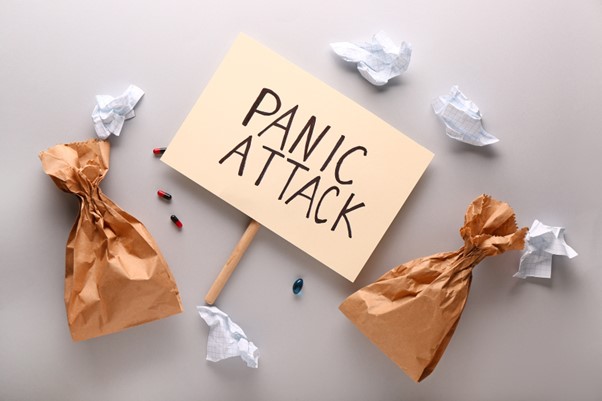Supporting Someone Through a Panic Attack: A Comprehensive Guide

Panic attacks can be overwhelming experiences, often accompanied by intense fear and physical symptoms. Here’s a detailed guide on how to effectively support someone during a panic attack:
1. Stay Calm
Your demeanor is crucial. By remaining calm and composed, you can help soothe the individual experiencing the attack. A steady presence can provide a sense of safety, making them feel more secure in a moment of distress [2].
2. Ask How You Can Help
Approach the person gently and ask what they need at that moment. Some may prefer silence to process their feelings, while others might seek comfort through conversation or specific actions. Tailor your support to their preferences [3].
3. Encourage Deep Breathing
Deep breathing can significantly help manage panic symptoms. Instruct them to breathe slowly: inhale for four seconds, hold for four, and exhale for four. This technique can help counteract hyperventilation and promote relaxation, aiding in regaining control over their breath [5].
4. Create a Safe Space
If possible, relocate to a quieter environment. Being away from crowds or overwhelming stimuli can help the person regain control and feel more secure. Ensure that the area is comfortable and free from distractions that might escalate their anxiety [1].
5. Use Positive Affirmations
Reassure them with supportive statements such as, “You’re safe,” or “This will pass.” Such affirmations can help ground them during the episode and remind them that they are not alone. Positive reinforcement can help shift their focus away from fear [3].
6. Recognize the Signs
Familiarize yourself with the signs of a panic attack, including rapid heartbeat, sweating, trembling, or feelings of impending doom. Understanding these symptoms allows you to respond effectively and empathetically, making the individual feel understood [4].
7. Avoid Judgment
Remind them that experiencing a panic attack is not a sign of weakness. Make it clear that they are not alone and that many people face similar challenges. This validation can help reduce feelings of isolation and shame [6].
8. Encourage Professional Help
Once the panic attack subsides, gently suggest seeking professional help if they haven’t already. Therapy, medication, and coping strategies can be beneficial for long-term management. Highlight that seeking help is a sign of strength, not weakness [5].
9. Follow Up
After the episode, check in with them. Ask how they’re feeling and if they would like to talk about the experience. This follow-up can foster connection and encourage open communication about their mental health, helping them feel supported [1].
10. Educate Yourself
Consider learning more about anxiety and panic disorders. Understanding the condition better can improve your ability to support them effectively. Knowledge about triggers, symptoms, and coping strategies can empower you to be a better ally [2].


By taking these steps, you can provide meaningful support to someone in distress during a panic attack, helping them feel understood and cared for.
🌐 Sources
- lancastergeneralhealth.org – Helping Someone During a Panic Attack – Overview
- healthline.com – Helping Someone Through a Panic Attack
- medicalnewstoday.com – How to help someone who is having a panic attack
- webmd.com – How to Help Someone Who’s Having a Panic Attack
- mind.org.uk – Helping someone with anxiety and panic attacks
- choosingtherapy.com – How To Help Someone Having a Panic Attack: 19 Tips






Responses